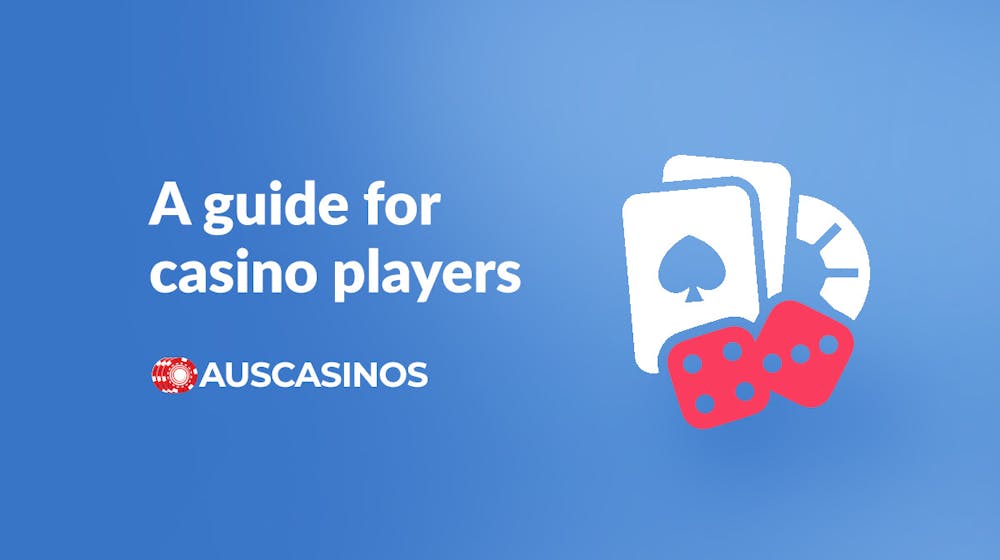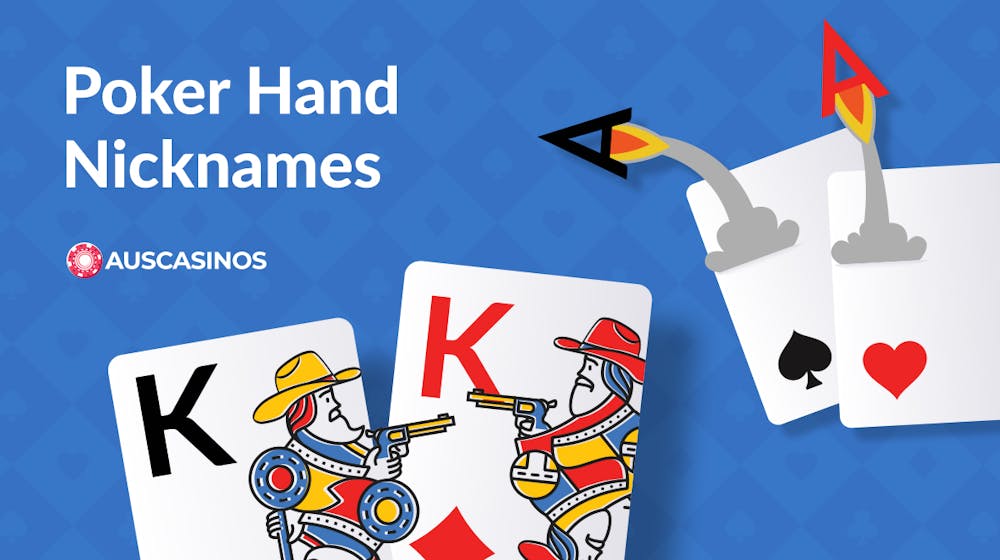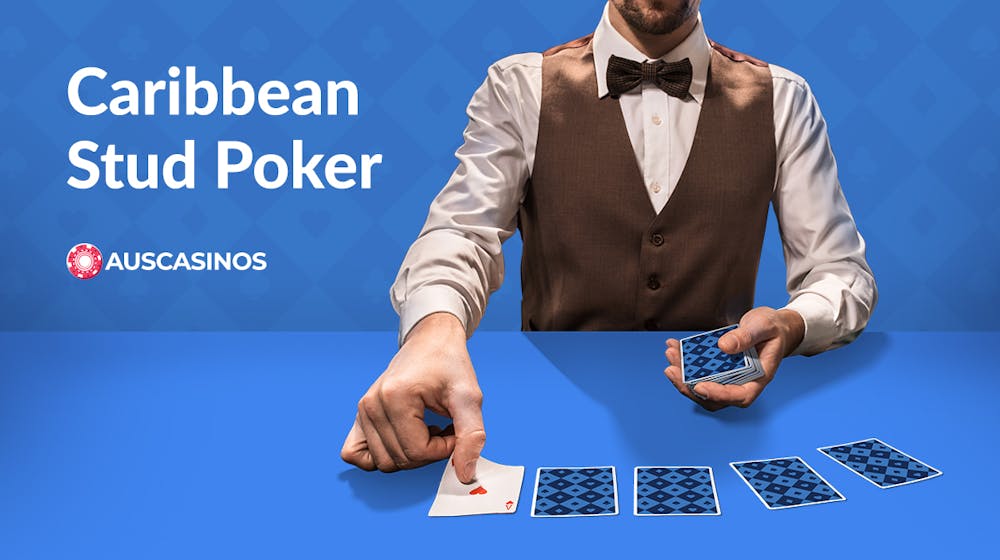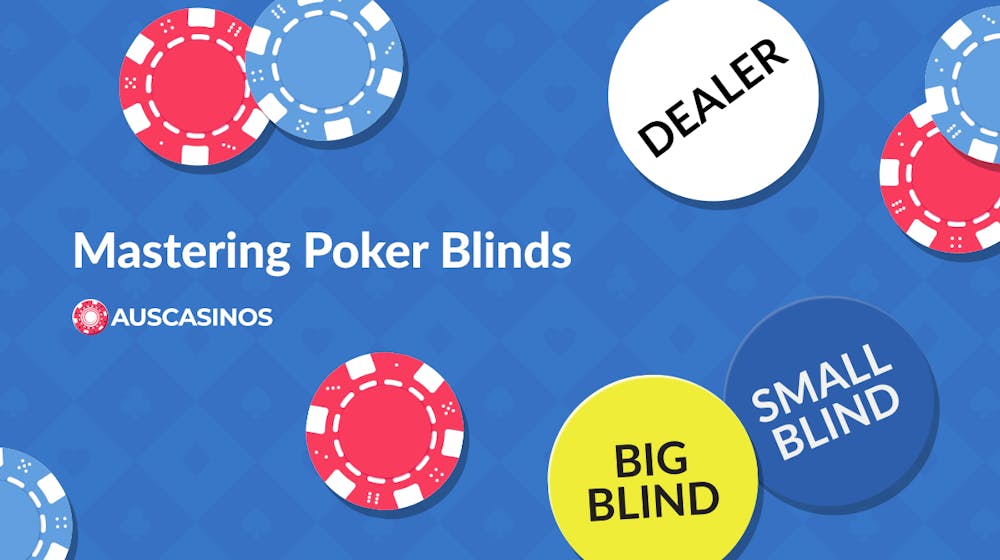How to Use Poker Solvers: A Beginner’s Guide to Advanced Play


Poker solvers have completely changed how players study and improve their game, making complex strategies accessible to anyone. With a poker solver, you can learn advanced concepts like Game Theory Optimal (GTO) play, analyse specific hands, and refine your decision-making skills.
This guide will walk you through how to use poker solvers to enhance your poker strategy and provide a list of top solvers to help you get started.
What Are Poker Solvers?
Poker solvers are software tools that use complex algorithms and game theory principles to analyze hands and suggest the best possible plays based on mathematical calculations. These poker software tools focus on achieving Game Theory Optimal (GTO) play, which is a strategy designed to be unexploitable by opponents.
By calculating optimal moves for each hand and scenario, solvers allow players to make decisions that maximise their expected value (EV) and minimise their chances of being exploited.
Types of Poker Solvers
Poker solvers come in different types, each with specific strengths. Whether you’re a beginner or more experienced, knowing which solver fits your needs can make a big difference in your game. Let’s break down the main types and when you might want to use them:
GTO Solvers
Tournament Solvers (ICM Solvers)
Range and Equity Calculators
By understanding each solver type, you can pick one that aligns with your primary poker goals, be it cash games, tournaments, or hand range analysis.
How Do Poker Solvers Work?
Poker solvers use a set of inputs provided by the user—like hand ranges, pot size, and bet sizing options—to calculate the most optimal poker strategy for each game scenario. By breaking down potential moves, solvers provide insights into the mathematical payoff of each choice, helping players develop unexploitable strategies.
Setting Inputs for the Solver
To get started, users need to define a few details:

- Preflop Ranges: A range of hands each player might hold.
- Betting and Raise Sizes: Possible amounts for bets and raises.
- Effective Stack Size: Total chips in play affecting the hand.
- Pot Size: The amount in the pot at the start of the action.
- Lead or "Donk" Options: Whether or not the solver should consider betting out of position.
These inputs provide the solver with a framework to calculate the best course of action, setting the stage for deeper analysis.
Key Functions of Poker Solvers
Once these inputs are set, the solver performs various types of analysis to help players refine their strategies:
- Range Analysis: Solvers assess each hand within a range and suggest the best approach for each scenario, showing when to play, fold, or raise. This helps players balance aggressive and defensive strategies across different situations.
- Equity Calculation: Solvers calculate the probability of each hand winning, losing, or tying against an opponent’s range. By understanding their hand’s equity, players can gauge the relative strength of their hand, aiding in decision-making during the game.
- Game Theory Optimal (GTO) Solutions: Solvers find unexploitable strategies by suggesting moves that yield the highest EV over time. This approach is particularly useful for heads-up poker or post-flop play, where balanced play prevents opponents from easily identifying and exploiting patterns.
- ICM (Independent Chip Model) Analysis: In tournaments, ICM solvers like Icmizer help players make better decisions about pushing, folding, or calling by taking prize structure into account. ICM analysis is crucial in high-stakes tournament scenarios, especially during the bubble or final table.
What You Get as an Output
With these inputs and analyses, solvers generate a “strategic output” that includes recommended actions and EV for each move, providing players with a practical roadmap. This output might take the form of a chart or table, breaking down optimal moves for different hands and scenarios. By studying these outputs, players can practice making balanced, calculated moves that reduce their risk of being exploited.
How to Use a Poker Solver: A Step-by-Step Guide for Beginners
Using a poker solver for the first time can feel daunting, but once you get the hang of it, it becomes an invaluable tool for refining your strategy. This guide will walk you through the essential steps to get started and make the most of a solver’s powerful insights.
Step 1: Define the Scenario You Want to Analyze
Start by deciding which hand or situation you’d like to study. Are you analyzing a common pre-flop spot, a tricky post-flop decision, or a multiway pot? Knowing what you want to focus on will make the process more straightforward.
Example: You may want to analyze a heads-up scenario on the flop, where you’re in position, holding a mid-strength hand.
Step 2: Set Up Your Inputs
Poker solvers need specific inputs to give you accurate recommendations. Here’s what you’ll need to provide:
- Preflop Ranges: Define the range of hands you and your opponent might hold. If you’re not sure, solvers like PioSolver or GTO+ often have built-in default ranges based on typical player tendencies, or you can adjust them based on the player profile.
- Effective Stack Size: Enter the stack size relevant to the current hand. Stack size affects decisions, as shorter stacks often favor more aggressive, push-fold play.
- Pot Size: Input the pot size before the current betting round. This helps the solver calculate bet sizing options and potential returns.
- Bet and Raise Sizes: Set up the sizes for bets and raises. Common options might include small (30% of the pot), medium (50-70%), or large (over 100%). Setting these values lets the solver determine optimal bet sizes for different situations.
- Position: Specify which position each player is in, as this affects the strength of ranges and preferred strategies.
These inputs give the solver a clear framework to simulate the hand as accurately as possible.
Step 3: Run the Solver to Generate Results
Once you’ve entered your inputs, you’re ready to run the solver. Depending on the software, this might take a few seconds or several minutes, especially if you’re analyzing complex, multiway scenarios.
The solver will process each possible decision, calculating the expected value (EV) for every option (bet, check, fold, raise, etc.). The result will be a strategy that shows you the mathematically optimal play for each hand in the range.
Step 4: Review the Results and Interpret the Output
Now it’s time to interpret the solver’s output. Here’s what you’ll typically see:
- EV (Expected Value): The EV for each potential move. Higher EV options are more profitable over time. Use these values to decide which action maximizes your gains or minimizes losses.
- Suggested Actions: For each hand in the range, the solver will recommend an action (e.g., check, bet, raise) based on GTO strategy. This might be displayed as percentages, showing how often to perform each action to stay balanced.
- Range Heatmap: Many solvers display ranges visually, with colors representing hand strength. For example, green might indicate strong hands to play aggressively, while red could show hands to fold.
Example: The solver might suggest raising with a high-value hand 80% of the time and checking 20% of the time. For a weaker hand, it might recommend folding or a low-frequency bluff.
Step 5: Analyze Specific Scenarios Within the Hand
To get more insight, focus on particular situations within the hand. For instance:
- Position-Specific Moves: Check how your options change depending on whether you’re in position (acting last) or out of position (acting first). Solvers help reveal the advantages of certain moves based on your seating.
- Street-by-Street Analysis: For hands that progress through multiple betting rounds, examine each street individually (flop, turn, river). Look at how your options evolve and how recommended actions shift based on board texture and pot size.
Example: You might find that the solver recommends a higher bet frequency on a “dry” flop (e.g., 9♠ 3♣ K♦) where the board is unlikely to improve weaker hands, versus a “wet” board (e.g., 8♠ 9♠ 10♠) that could hit more of your opponent’s range.
Step 6: Adjust for Opponent Tendencies (Advanced Option)
While solvers generally provide GTO strategies, poker is about adaptability. Consider small adjustments based on opponent types:
- Aggressive Opponents: You might choose to play more defensively and trap, allowing them to make mistakes by over-betting or bluffing too much.
Passive Opponents: If they’re unlikely to fold, solvers can help you identify hands to play for value rather than bluffing. Lower your bluff frequency against such players.
Use the solver’s GTO strategy as a baseline, then add exploitative adjustments to capitalize on your opponent’s specific weaknesses.
Step 7: Save and Review Hands for Future Study
Most solvers let you save your analysis sessions, so take advantage of this feature. Save interesting or tricky hands, and revisit them periodically to see if your understanding or approach changes over time.
Creating a study routine with saved hands lets you track your progress, reinforce strategic concepts, and build a mental database of solver-recommended plays.
How to Interpret Solver Results
Understanding poker solver results doesn’t have to feel like deciphering a foreign language! Let’s break down some of the key pieces and how to use them to improve your game.

EV (Expected Value)
First up, you’ll probably see something called EV (Expected Value) charts. Think of EV as a way to see how much each decision could make (or lose) over a long stretch of hands. It’s like having a guide to which moves are profitable and which ones aren’t. Say you’re deciding whether to call, fold, or raise in a particular situation.
The EV chart might tell you that calling has a value of +$8, while folding is $0 and raising is just +$3. This would make calling the best choice because it has the highest potential payout over time.
Range Reatmaps
Then there are range heatmaps, which are kind of like a quick-reference colour guide to hand strength. These maps show you which hands are worth going all-in with and which ones are better left alone. For example, in an early position, your heatmap might light up with colours showing strong hands (pocket aces or kings) in green, signaling that they’re solid choices.
Meanwhile, a hand like Jack-8 might show up in red, indicating it’s too risky and best to fold. These colours help you decide instantly which hands to be more aggressive with and which to treat with caution.
Optimal Actions
Lastly, many solvers show optimal actions—recommended moves based on Game Theory Optimal (GTO) play. It’s a bit like having a coach suggesting moves that make you unpredictable and tough to read. For example, you might have a mid-strength hand like King-10 suited.
The solver might suggest raising 60% of the time and checking 40% of the time. This blend of moves helps you keep opponents guessing, balancing your strategy in a way that can be hard for others to counter.
So, whether you’re looking at EV, heatmaps, or optimal actions, each result is a tool that can guide you toward smarter, more profitable decisions. And while it might seem a bit much at first, these visual cues quickly become intuitive. With some practice, you’ll find they’re great for honing your decision-making and sharpening your edge at the tables!
Why Use a Poker Solver?
Poker solvers offer numerous benefits to players at all levels, such as:
- Improving Decision-Making: By studying solver outputs, players can understand the "why" behind each move, which strengthens decision-making in live play.
- Learning GTO Strategy: Solvers are invaluable for players seeking to learn GTO, as they show the balance between aggressiveness and passivity that is tough to master.
- Optimising Tournament Play: Tools like Icmizer specifically help players excel in tournament formats by optimising push-fold decisions and final table play.
Pros and Cons of Using Poker Solvers
Before diving into poker solvers, it's helpful to weigh the pros and cons. While these tools can sharpen your strategy and boost your understanding of the game, they also come with a few limitations. Here’s a quick look at the advantages and drawbacks of using poker solvers, so you can decide if they’re the right fit for your poker journey.
Pros
- Improves decision-making by providing data-driven recommendations.
- Teaches Game Theory Optimal strategies, reducing exploitability.
- Enhances tournament play with accurate ICM and push-fold calculations.
- Allows focused practice by reviewing tough hands with optimal solutions.
- Suitable for all skill levels, from basic to advanced analysis.
Cons
- High learning curve, especially for beginners.
- Detailed simulations can be time-consuming.
- GTO strategies may not suit low-stakes, exploitative games.
- Can be expensive, especially with subscriptions.
- Not practical or allowed during live or online games.
Tips for Getting the Most Out of Your Poker Solver
Using a poker solver isn’t just about plugging in hands and seeing the results—it’s about understanding the "why" behind each recommendation, building a toolkit of strategies you can rely on in real play. Here are some ways to really maximise the value of your solver sessions:
- Start Simple and Build Gradually: Begin with straightforward, single-hand scenarios (like heads-up on the flop) to grasp the basics. As you get comfortable, expand to multiway pots and multi-street decisions to deepen your understanding.
- Practice Regularly: Consistent practice is key. Set aside weekly study sessions, varying your focus between different hands, board textures, and opponent tendencies. This builds a mental "database" of strategies, enhancing your intuition over time.
- Prioritize Reviewing Mistakes: Use solvers to analyze hands where you were unsure or made costly errors. This targeted review helps you understand why certain decisions are optimal, making it easier to spot similar patterns in future play.
- Experiment with Hand Ranges: Adjust hand ranges to see how strategies shift. Try using different opponent ranges to refine your ability to put opponents on hands, improving both your offense and defense.
- Think Beyond GTO: While GTO provides a strong baseline, real poker is about adaptability. Use the solver to explore adjustments for specific player types—such as playing more aggressively against tight players and value-heavy against loose ones.
- Interpret Equity and EV Wisely: Rather than fixating on minor EV differences, focus on broader insights. Some close EV choices may still align better with your strategy against specific opponents, so learn to recognize and adapt to these nuances.
- Leverage Visuals for Quick Learning: Heatmaps and EV graphs reveal patterns at a glance. Use these visuals to recognize strong, weak, and marginal hands quickly, building “snapshots” that streamline your decision-making in real play.
- Practice Situational Awareness: Solvers let you test hands across various contexts (positions, stack sizes, board textures). This helps you master positional dynamics and build flexibility for diverse situations, making you a more versatile player.
Common Mistakes When Using Poker Solvers
Using poker solvers can transform your game—if used correctly. Avoid these common pitfalls to maximise your learning and make the most out of each session:
Over-Reliance on GTO Play
Solvers are often built around Game Theory Optimal (GTO) strategies, which can be fantastic for understanding balanced play. However, in low-stakes games, sticking rigidly to GTO isn’t always optimal.
Many low-stakes players tend to play sub-optimally, creating opportunities for exploitative strategies where you can profit by adapting to opponents’ tendencies rather than sticking to a theoretical GTO model. Think of GTO as a base strategy, but be flexible enough to make adjustments based on the actual play at your tables.
Neglecting Opponent Reads
Solvers assume a level playing field where all opponents make high-quality, consistent decisions. In reality, players at your tables may not behave like solver-predicted opponents. Pay close attention to player tendencies, such as aggressive moves, passivity, or unusual bet sizing, and incorporate these into your strategy adjustments.
Don’t rely solely on solver outputs without considering the unique characteristics of your opponents, especially in live games or online poker with a mix of skill levels.
Incorrect Hand Range Inputs
Solvers require accurate hand ranges for both you and your opponents to provide meaningful outputs. Using overly broad or narrow ranges can skew the solver’s recommendations, making them less applicable to real play.
Take time to adjust ranges based on what you know about your opponents’ tendencies—do they overvalue suited connectors, play too many hands from early position, or frequently fold to three-bets? The more accurately you input these details, the more realistic and actionable your results will be.
Ignoring Positional Adjustments
While solvers factor in position, it’s crucial to remember that each seat has a different strategy, especially in exploitative play. Some players tend to tighten up in early positions and loosen up in late ones. Be aware of these dynamics and try to refine your understanding of how to approach different positions beyond the standard recommendations from the solver.
Misapplying solver strategies without positional context can lead to costly mistakes.
Expecting Immediate Results
Poker solvers are powerful learning tools but don’t instantly translate to flawless in-game decisions. Gaining practical benefit from solvers requires patience, study, and application over time. Don’t become discouraged if you don’t see immediate results or if certain concepts feel complex. Regular study sessions combined with in-game practice will gradually improve your play, but expect a learning curve.
Choosing the Right Poker Solver for Your Needs
Different solvers fit different styles and budgets. Use this quick comparison to find the best match:
| Solver | Best For | Main Features | Cost |
|---|---|---|---|
| PioSolver | Advanced Cash Games | Deep GTO Analysis | High |
| GTO+ | Beginners to Intermediate | Affordable GTO Analysis | Moderate |
| Simple Postflop | Multiway & Post-flop | Fast Calculation, Multiway Options | Subscription |
| PokerSnowie | General Strategy Learning | AI-Based Training | Subscription |
| Icmizer | Tournament Play | ICM Analysis, Push-Fold Scenarios | Subscription |
Poker Solvers FAQ
Conclusion
Poker solvers are game-changers, giving you the tools to make smarter decisions and take your skills to the next level. Whether you’re working on GTO strategies, getting a handle on hand ranges, or gearing up for a poker tournament, these solvers make it easy to dig into the game’s finer details. Start with simple hands, keep practicing, and have fun exploring different strategies. With the right poker solver by your side, you’ll feel more confident and prepared each time you sit down at the table. So dive in, and watch your game improve in ways you never thought possible!

Emily is our seasoned content writer. She writes easy to read and helpful game guides, so you can quickly understand the rules of each game and get some useful tips that can help boost your chances of winning.
Read more about the author





